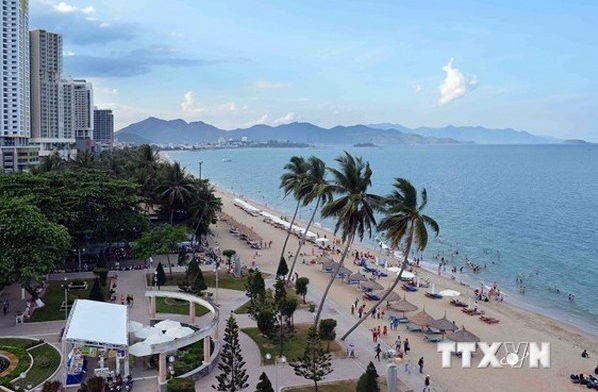RoK becomes Khanh Hoa’s biggest tourism source market in Jan-Jul
Some 52,000 tourists from the Republic of Korea visited the central coastal province of Khanh Hoa between January and July, making the East Asian nation the province’s largest source market during the period.
The number of Korean travelers to Khanh Hoa Province during the seven-month period accounted for nearly 75% of total international arrivals in the province, according to the Khanh Hoa Department of Tourism.
Before the COVID-19 pandemic, the Republic of Korea (RoK) came third among the province’s tourism source markets, after China and Russia, the local media reported.
The complicated developments of COVID-19 in China sent the number of Chinese travelers to the province down, while the tension between Russia and Ukraine prevented Russian visitors from traveling to Vietnam during the January-July period.
Meanwhile, the number of Korean travelers to Khanh Hoa Province surged due to the province’s Nha Trang beaches, its favorable weather and cultural features, and low costs.
Besides, the RoK’s two main tourist destinations, Japan and China, are yet to fully reopen to international tourists.
The number of Korean travelers to the province is forecast to soar during their winter break from October this year to February next year.
Three of the RoK’s airlines, including Air Seoul, Air Busan, Jeju Air, and Vietnam’s low-cost air carrier Vietjet Air, are operating 28 weekly flights from Incheon and Busan to Cam Ranh.
In addition, Pacific Airlines is operating chartered flights between the Muan international airport and the Cam Ranh international airport, while many other airlines are set to launch air services between the RoK and the province in the coming months.
Since the start of 2022, the province has welcomed some 1.5 million visitors, up 208.9% year-on-year. Of the total, 69,400 international tourists arrived in the province, up 252.7% year-on-year. The province’s tourism revenue amounted to over VND7.6 trillion during the period, skyrocketing 234.8% year-on-year.

